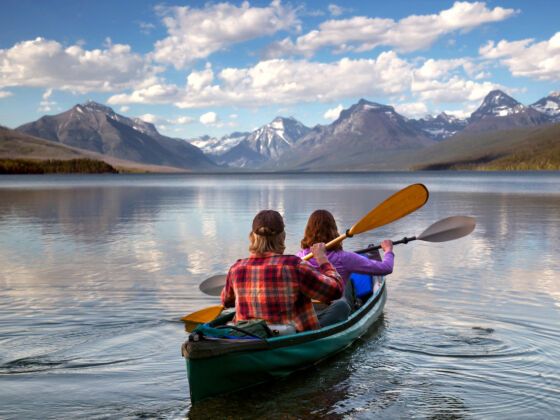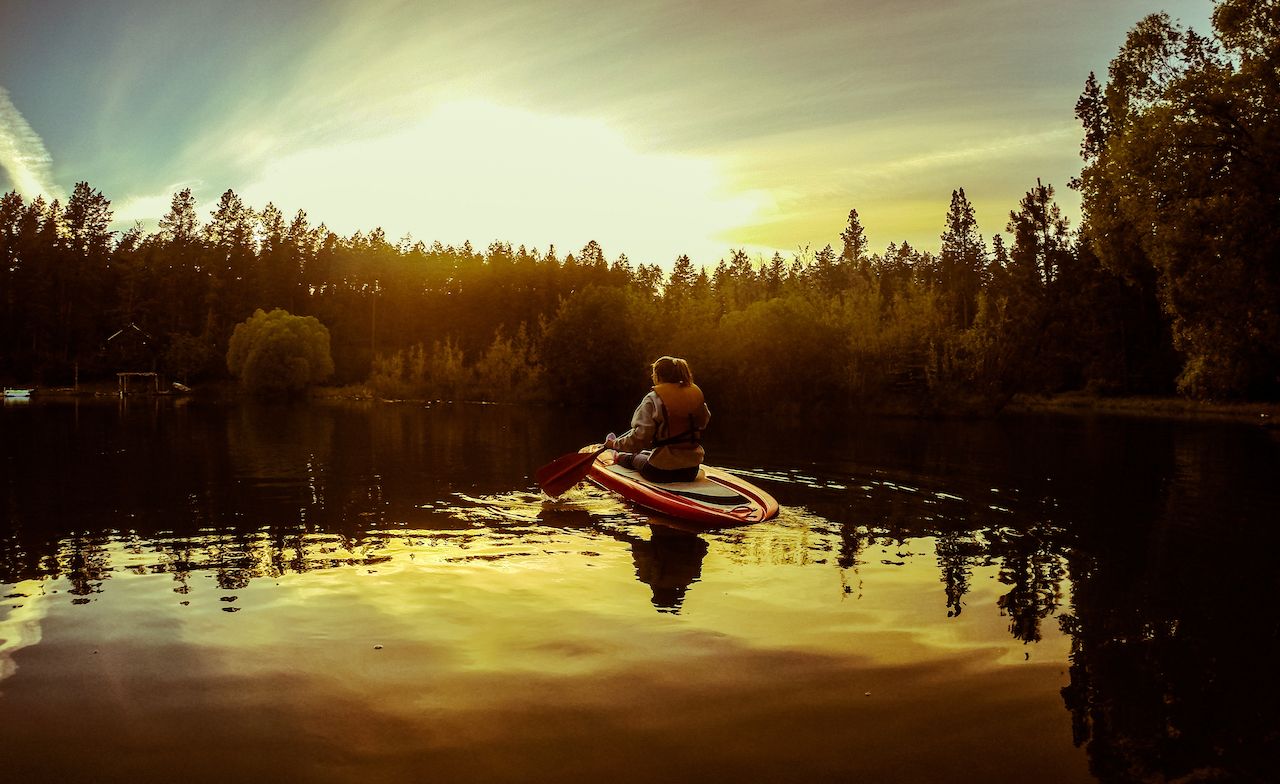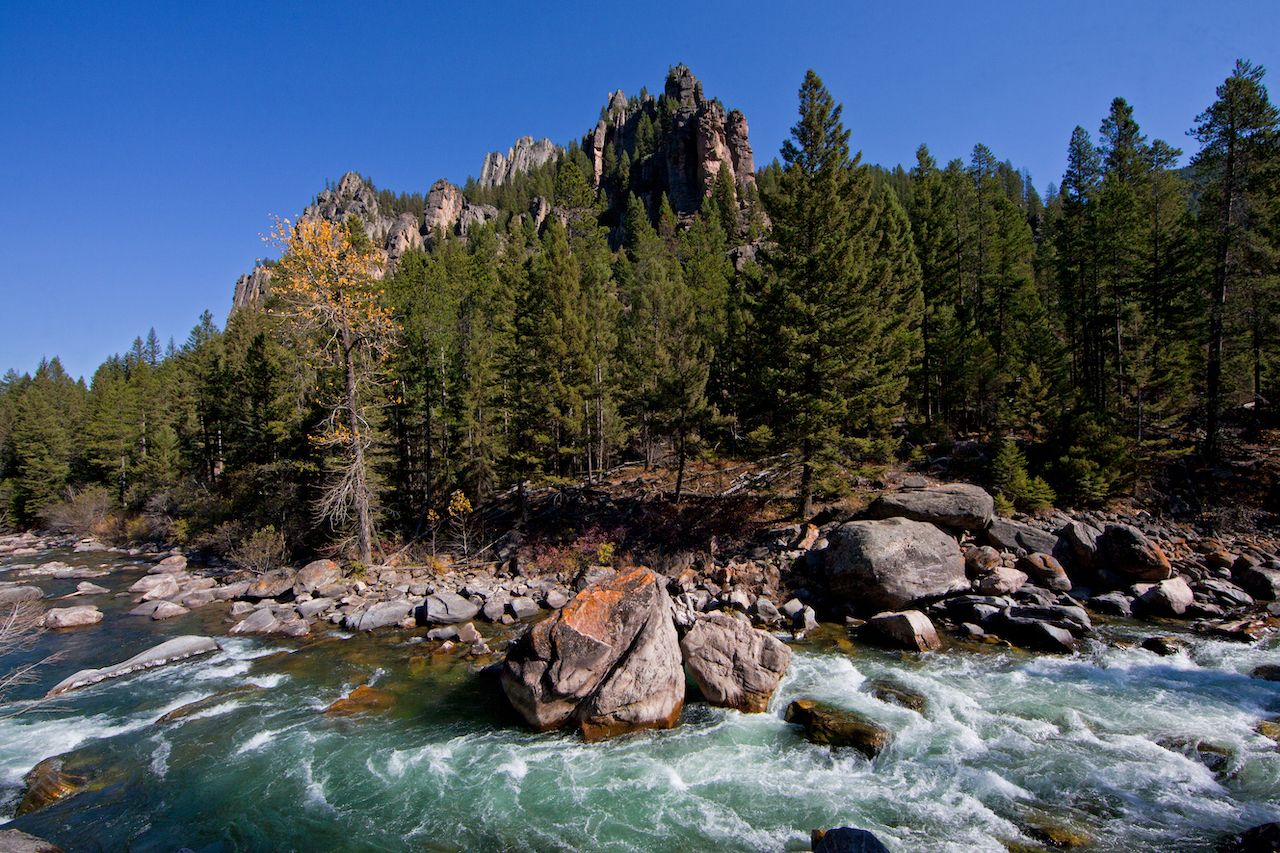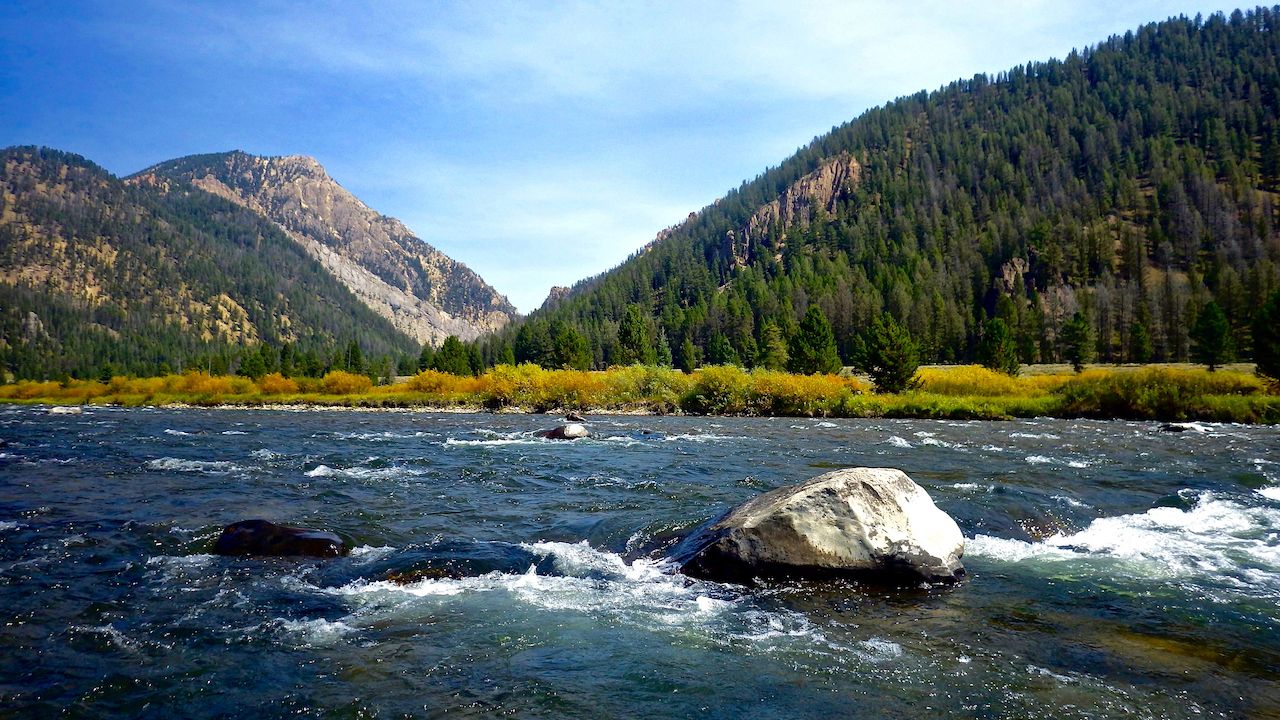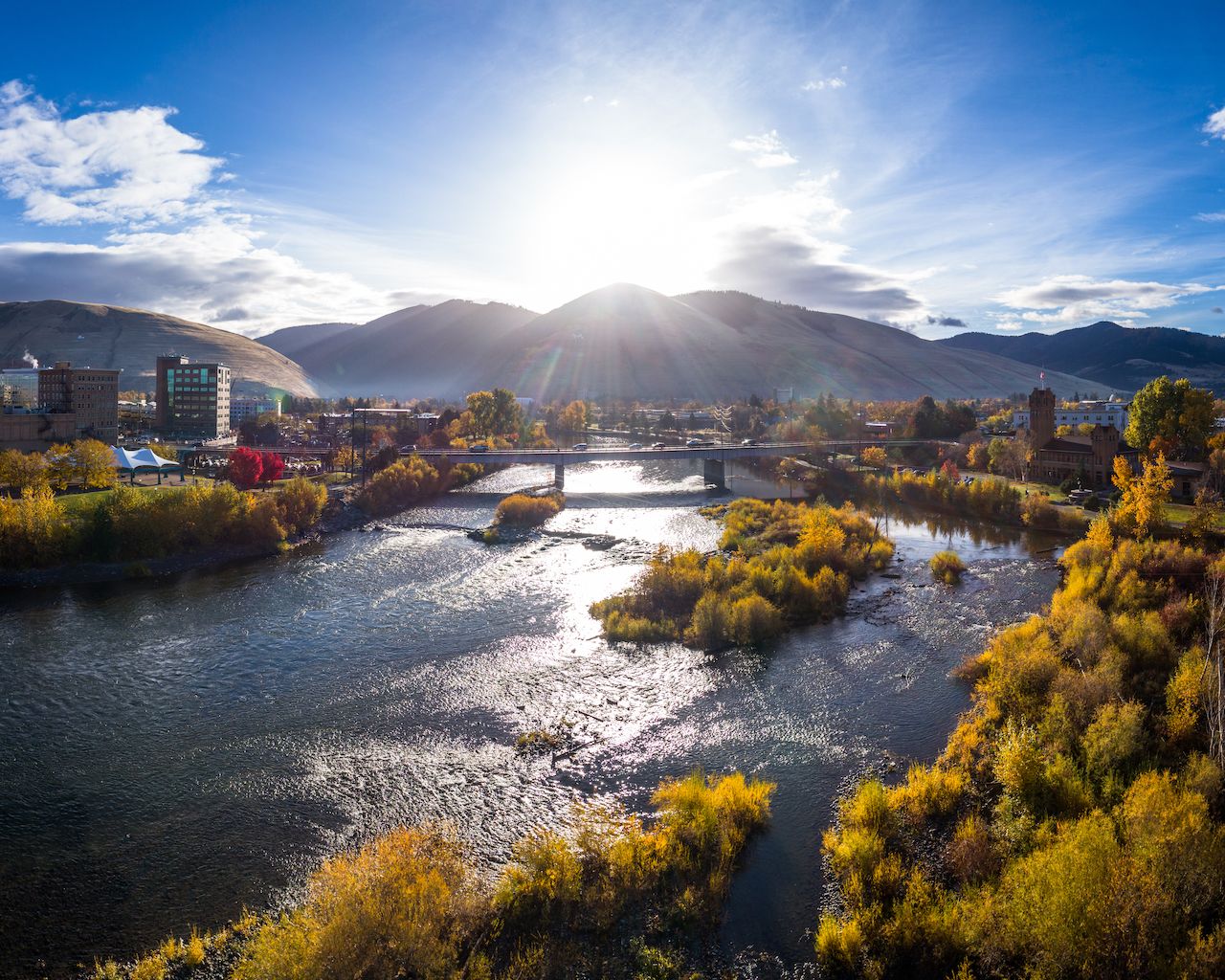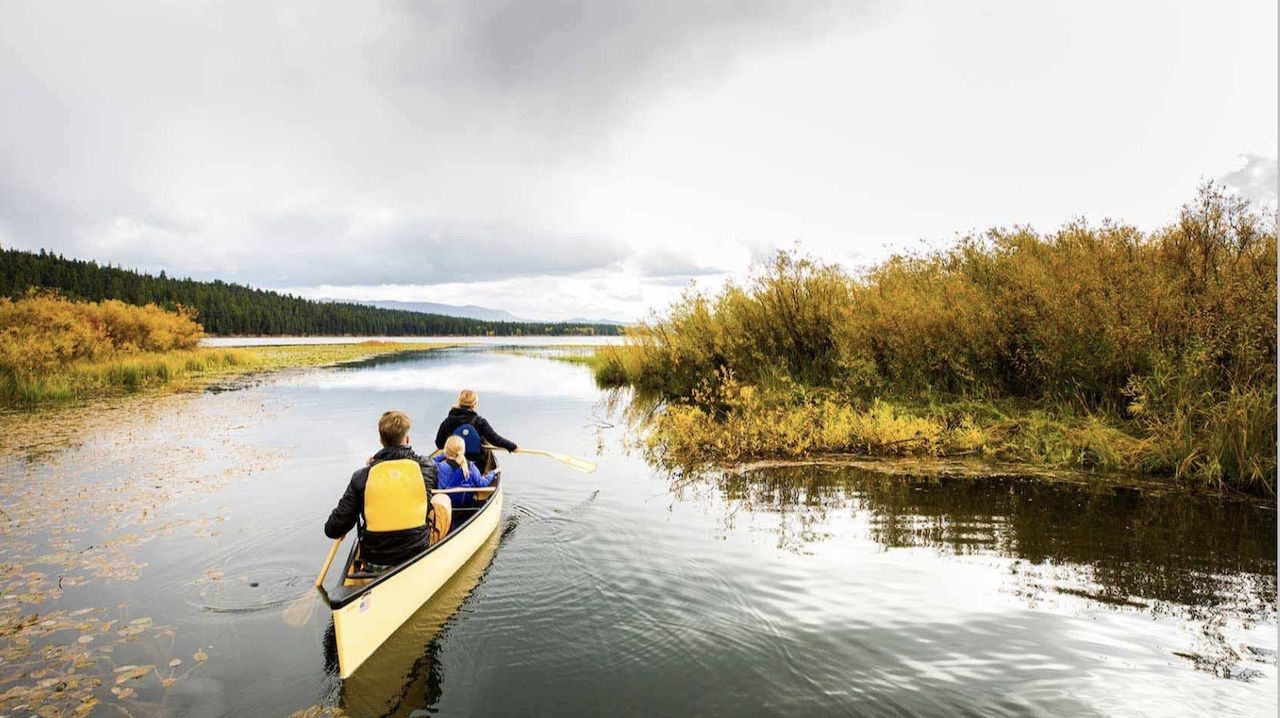With summer just around the corner, the pressure is on to start trip planning for the warm weather season. This float tour of Montana checks off all the summer essentials combining warm sun, beautiful waterways, mountain backdrops, and outdoor adventure.
“Floating” is a local slang term describing the activity of launching a small watercraft into a lake or river, and letting the current take you down the waterway. Exploring Montana by float is an awesome way to experience the beauty this state has to offer and is a staple summer pastime for both locals and visitors.
The state truly is a floating paradise, from Missoula’s downtown urban area to the wild waters of Glacier National Park. This journey below is a northbound route starting in West Yellowstone and traveling towards Glacier National Park. They can be explored individually as day trips, or linked together into a state-wide summer road trip.
